DATA SOURCE(S): 1,2,10,14,28,29
Common Name(s): Goncalo alves, tigerwood, jobillo, muiracatiara
Scientific Name: Astronium spp. (primarily A. fraxinifolium and A. graveolens)
Distribution: From Mexico southward to Brazil
Tree Size: 100-130 ft (30-40 m) tall,
3-5 ft (1-1.5 m) trunk diameter
Average Dried Weight: 57 lbs/ft3 (905 kg/m3)
Specific Gravity (Basic, 12% MC): 0.8, 0.91
Janka Hardness: 2,170 lbf (9,640 N)
Modulus of Rupture: 16,970 lbf/in2 (117 MPa)
Elastic Modulus: 2,401,000 lbf/in2 (16.56 GPa)
Crushing Strength: 10,770 lbf/in2 (74.2 MPa)
Shrinkage: Radial: 4.2%, Tangential: 7.8%,
Volumetric: 11.2%, T/R Ratio: 1.9
Color/Appearance: Heartwood is typically a medium reddish brown with irregularly spaced streaks of dark brown to black. Color tends to darken with age. Some pieces of goncalo alves may be completely uniform in color with no streaks or stripes.
Grain/Texture: Grain can be straight, but is usually wavy or interlocked. Fine, uniform texture with good natural luster.
Rot Resistance: Goncalo alves has excellent weathering properties, and is rated as very durable regarding decay resistance.
Workability: Goncalo alves is generally not too difficult to work, despite its high density. Figured pieces with irregular grain can pose a challenge in planing and machining operations. Goncalo alves can also have a moderate blunting effect on cutters. The wood is very resistant to moisture absorption, which can make it difficult to glue. Goncalo alves turns and finishes well.
Odor: No characteristic odor.
Allergies/Toxicity: Although severe reactions are quite uncommon, goncalo alves has been reported as a sensitizer. Usually most common reactions simply include eye and skin irritation. See the articles Wood Allergies and Toxicity and Wood Dust Safety for more information.
Pricing/Availability: Widely available in a variety of widths and lengths as both lumber and veneer, as well as smaller craft blanks. Prices should be comparatively moderate for an imported tropical hardwood.
Sustainability: This wood species is not listed in the CITES Appendices, and is reported by the IUCN as being a species of least concern.
Common Uses: Flooring, veneers, furniture, cabinetry, carving, turned objects, and other small wood specialty objects such as: pool cues, archery bows, knife handles, etc.
Comments: Goncalo alves is commonly referred to as tigerwood or Brazilian tigerwood among flooring dealers. The wood has superb stiffness, strength, hardness, and durability. However, density and other mechanical properties can vary widely depending on the growing site and source region. The name jobillo is sometimes used locally or among woodturners to refer to higher grades of goncalo alves.
Images: Drag the slider up/down to toggle between raw and finished wood. The first picture below shows a standard striped sample of goncalo alves, while the second shows a relatively unfigured piece (in this instance, Astronium ulei) with almost no streaks at all.
A special thanks to Steve Earis and Adam Cottrill for providing the turned photos of this wood species.
Identification: See the article on Hardwood Anatomy for definitions of endgrain features.
Porosity: diffuse porous
Arrangement: solitary and radial multiples, sometimes occurring predominantly as radial multiples
Vessels: medium to large, few to moderately numerous; tyloses and brownish heartwood deposits common
Parenchyma: generally not visible, though sometimes occurring on a limited basis as vasicentric parenchyma
Rays: narrow to medium, some samples may have occasional wider rays as well; normal spacing
Lookalikes/Substitutes: Curupay (Anadenanthera colubrina) can have a streaked appearance that is very similar to goncalo alves, though tyloses are common in goncalo alves’ pores—something curupay completely lacks, though there can be colored heartwood deposits present in both woods. Additionally, goncalo alves also tends to have narrower, less conspicuous rays on average, as well as less extensive parenchyma.
Notes: Another closely related species that has been formerly placed in the Astronium genus is urundeuva (Myracrodruon urundeuva). However, urundeuva tends to be about 33% heavier than goncalo alves and lacks its dramatic striping. Both goncalo alves and urundeuva produce a fluorescent response under blacklight, though urundeuva is more consistently fluorescent, while goncalo alves is more variable, only exhibiting fluorescence in roughly half the samples tested.[1]Miller, R. B., & Flynn, J. H. (2007). Fluorescent woods of the world. A Guide to the More Useful Woods of the World. Forest Products Society, Madison, 271-305.
In addition to the two most commonly traded Astronium species sold under the common name goncalo alves (A. fraxinifolium and A. graveolens), there are a few other less-common species that are also seen, such as A. lecointei and A. ulei.
Additionally, there are species commonly classified in the Myracrodruon genus (M. balansae and M. urundeuva)—though a recent study has suggested that these species should also be placed within the Astronium genus.[2]de Lima, E. A., Tölke, E. D., da Silva-luz, C. L., Demarco, D., & Carmello-Guerreiro, S. M. (2022). Fruit morphoanatomy of Astronium Jacq. and Myracrodruon Allemão (Anacardiaceae): taxonomic … Continue reading
Related Content:
References[+]
| ↑1 | Miller, R. B., & Flynn, J. H. (2007). Fluorescent woods of the world. A Guide to the More Useful Woods of the World. Forest Products Society, Madison, 271-305. |
|---|---|
| ↑2 | de Lima, E. A., Tölke, E. D., da Silva-luz, C. L., Demarco, D., & Carmello-Guerreiro, S. M. (2022). Fruit morphoanatomy of Astronium Jacq. and Myracrodruon Allemão (Anacardiaceae): taxonomic implications and development of the calycinal wings. Brazilian Journal of Botany, 45(1), 431-447 |

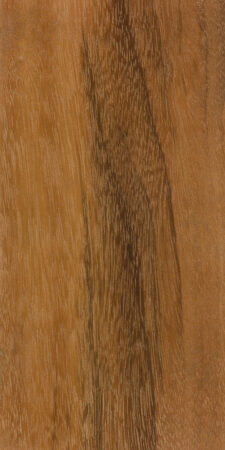
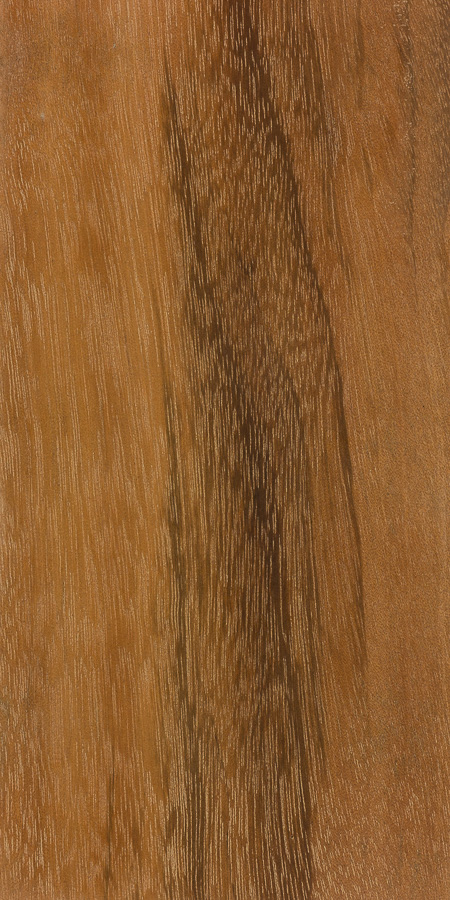
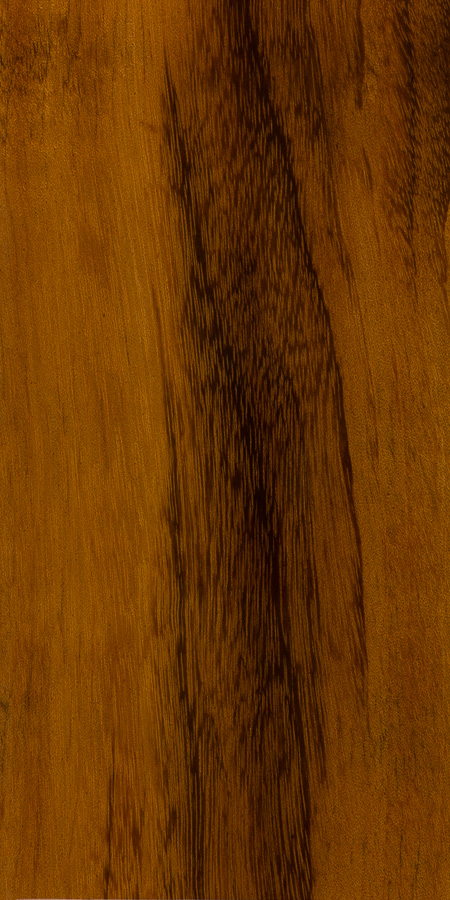
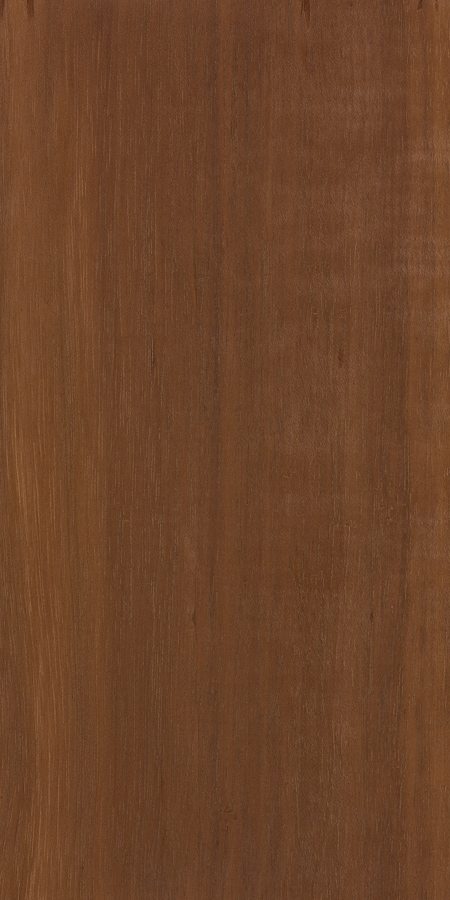
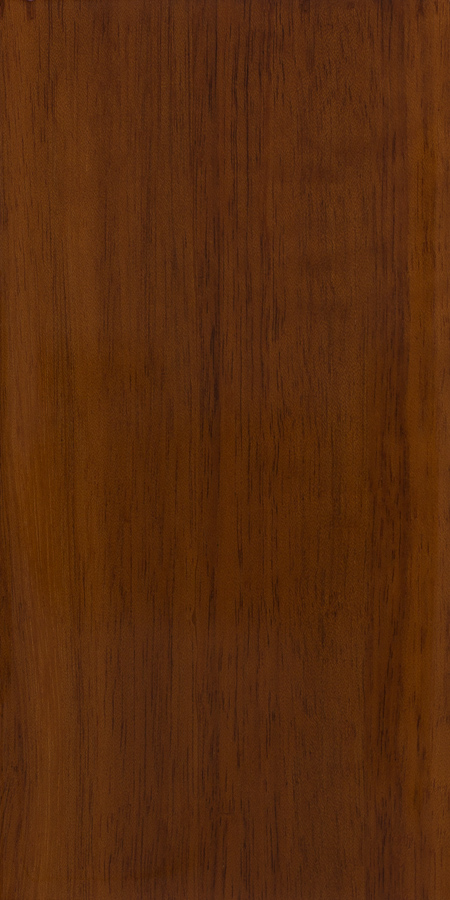
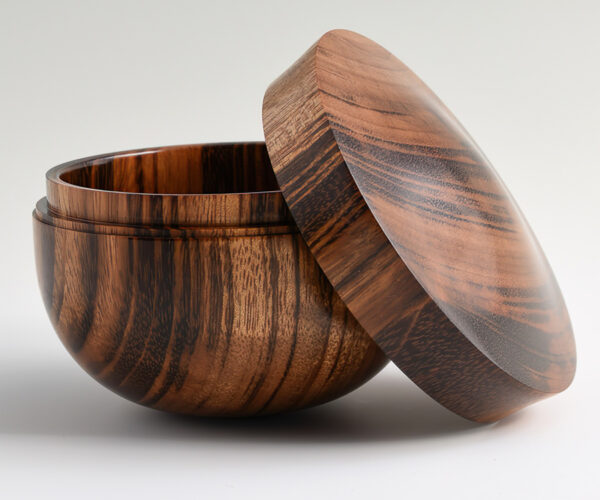
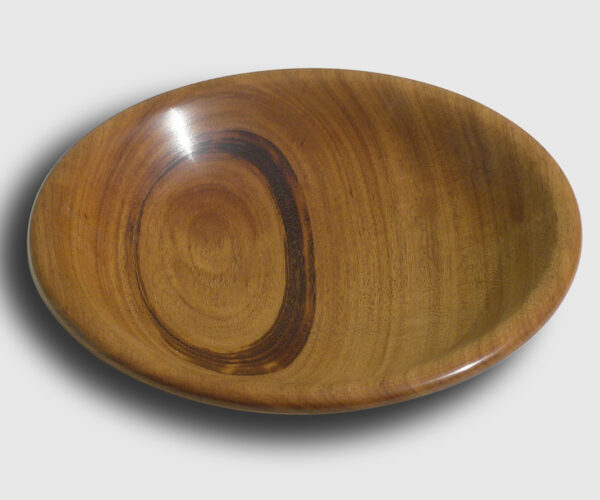
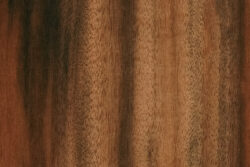
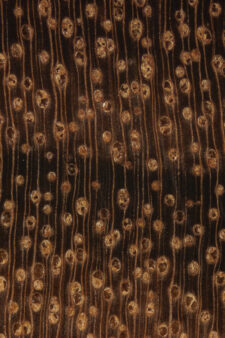

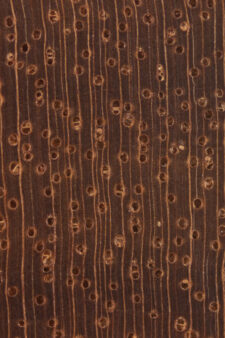

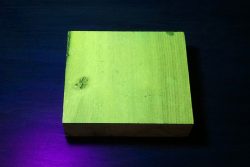
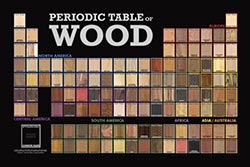
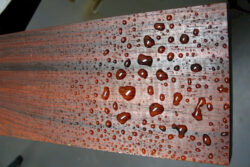





Can Tigerwood be used to make cooking spoons?
A turned bowl from goncalo alves
How will this wood (concalo alves) work as a transom in a 16′ aluminum boat? It would be a single piece, 1.5″ x 9.25″ x 55.5″. I’d prefer to use this if feasible vs marine plywood. I’ve seen too much deterioration of plywood transoms over years.
Thanks for any info you can provide.
Or between the two, would cumaru be a better choice over tig
erwood?
I know it has been a year -but you may try locust here in the states very rot resistant or osage orange…..if ya can not find suitable logs/supply then Sepele/African mahogany would also work well- The first two will have a distinct yellowish color especially the O Orange/Bodock wood
Tigerwood is an all around nice wood to work with. Doesn’t take a high polish but is more than good enough for most applications. The end grain is nice and tight and does not seem to check very much. You have to be a little cautious when morticing near the stripes since it splits a bit more easily along those color boundaries. Probably not the best choice for carving due to weakness along color boundaries. . Has a really nice look in the right applications.
Wow…that piece is gorgeous! How did you finish it?
On the nightstand, I used Watco Danish oil since it is pretty durable and leaves a nice wood feel. A wipe with lemon oil every few months keeps it looking good for many years.
Makes a pretty resonator guitar. Known as ron-ron where i live in costa rica
I built a classical guitar using Goncalo Alves. i love how it turns out. It is a bit challenging to work with. I found it a bit brittle and with considerable springback after bending. The light and dark areas also have a bit different characteristics when you work it.
https://1drv.ms/u/s!Au0x51sFvdz7iIgxLvGeitYb7ywkSw?e=ObgFyM
Beautiful ! I build classicals and acoustic guitars, but mostly use Platymiscium called Cristobal here. They make marimba keys from it . Called “the wood that sings” I use cocobolo too, but the cristobal has the best tone i’ve ever heard from any body-sides and back wood.
I like Goncalo Alves, but it is not perfect. The color is warm and it finishes with a luxurious luster. I found it to be be brittle like a red cedar though not that bad, and interlocked enough to make it hard to find boards that don’t require special effort in place. Of course the effort pieces are the most interesting, but it wants to grab the plane edge and chunk out. I was trying to use a router plane on it and for rebates it was poor, but housing dadoes not too bad. This is the brittleness showing up.… Read more »
I bought this wood to make a custom sign for a friend. My CNC machine malfunctioned and ruined the sign. So I made this Hei Matau (Polynesian fish hook) instead.
Such a gorgeous, stately piece!
Just purchased a custom Martin Guitar with Goncalo Alves back and sides. It is lovely to look at and has amazing tone and volume.
Hi Mark, I’d love to see a picture of the Martin back! I have a 1980 D-28 and love it! I wish I could hear the tone with the Goncalo Alves. The East Indian Rosewood, became the high end standard in my mind. I had only been playing for a couple years before I bought the Martin and I love the tone, especially after 29 years! Randy
Hard, but very nice workability!
Would be nice to have Muiracatiara or Muiricatiara under “Common Names” so that it can be found searching with that name. That’s what it’s called here in Northeast Brazil.
I made a nice turned leg table with this.
This is the first piece of goncalvo alves I have had the pleasure of turning. It was very easy to work, sand, and finish. Thanks to the distinctive striping and beautiful finishing characteristics I only had this completed for two hours before it sold.
It turns a very nice pen as well. Jr Gentleman in Goncalo Alves.
beautiful wood to work with, easy to cut and drill. Sanding is great with great finish.
aka Zorro
This is a really lovely wood that has a beautiful chatoyance to it. These are sealed with two coats of CA and 12 coats of tru-oil. It is difficult to find with this much striping to it.
These are beautiful grips! I have a pair on my Sig Sauer P238 but they don’t have the amount of striping these have. Well done!
Thank you!
I agree these look very nice. I got a set of three finger grips like these but with a Tung Oil finish for my .4.2″ 357 SP101. I will probably get a two finger set if I get the snub nose version of the SP101.
It is a really beautiful wood with a nice chatoyance to it! Seems to be difficult to find with nice stripping though; these were an exception.
I agree with the blunting effect on tools. However, if you get a nice piece, it’s definitely worth it. one of my favourites and you can usually get a piece to work with for a good price. here is a platter/bowl that i did.
I am new to woodturning and I just used this wood to make a tea-light
holder. It was harder than the usual woods I turn but has come out
beautifully. I would use this wood again but you do need very sharp
tools.
I am new to woodturning and I just used this wood to make a tea-light holder. It was harder than the usual woods I turn but has come out beautifully. I would use this wood again but you do need very sharp tools.